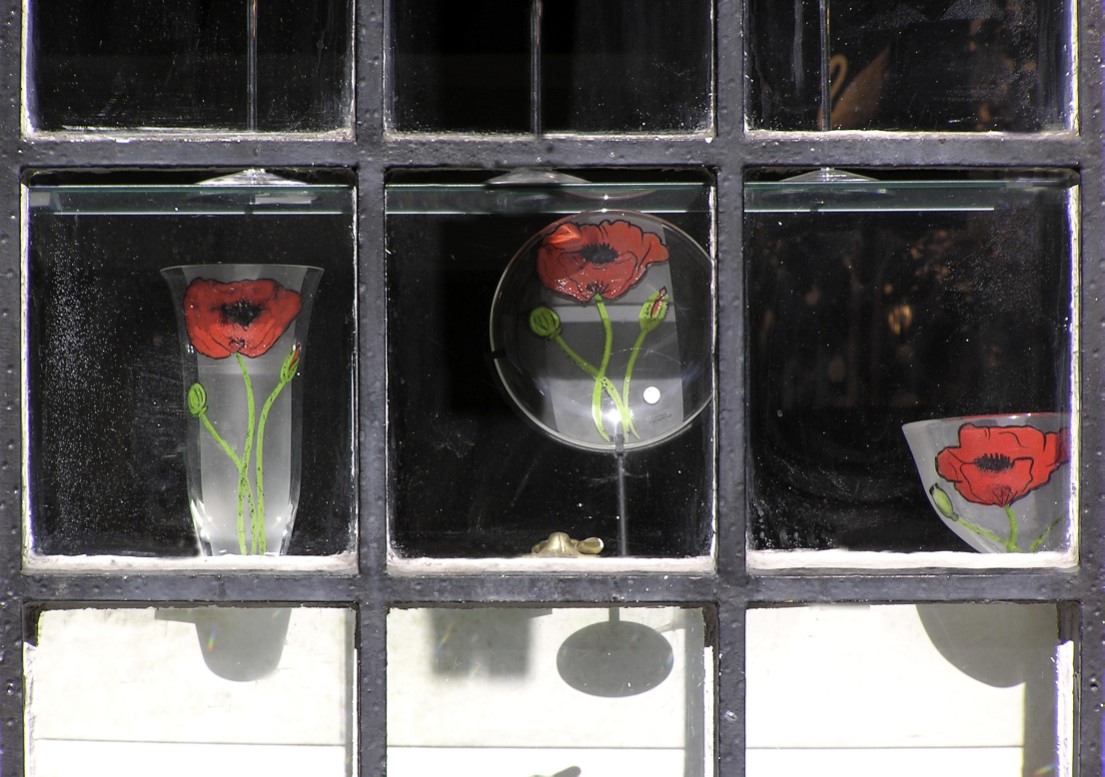
Quad One is a very clear pane in the Johari Window. It’s easy to look through this pane and see what’s inside the window of another person. However, that doesn’t mean that one is automatically allowed into this person’s psychic home. Furthermore, while the Quad One window pane may be clear, the entire window certainly is not open, nor is the psychic door necessarily open. Some people are not welcomed in, even though Quad One is crystal clear and large. This is an important theme that I will address throughout this series of essay on the New Johari Window—the appearance of openness and the illusion of an open window or open door that seemingly allow other people to enter—though it is, in fact, quite closed.
The picture gets even more complicated as we introduce the notion of a double paned window. The clarity and size of the inner pane may be under our control; however, the outer pane, over which we don’t have much control, provides considerable intrigue with regard to what other people know about us and how much we feel that this knowledge is truly in our hands—another theme that will frequently reappear throughout this series of essays.
Working Fictions
Joe Luft often used the term working fiction when describing the dynamics and purposes of the first quadrant. Luft proposes that most of us live with a specific working fiction: we are an “open book” for other people to see. We can be trusted because we say what is on our mind and let people know what we think of them. Most of us not only embrace this fiction about ourselves, but also assume that other people with whom we interact can be trusted. They tell us what they are thinking and let us know what they think of us. This is a fundamental assumption that underlies all daily interactions with other people. There must be a modicum of trust between two people if they are to interact, and this trust is invested primarily in the first quadrant that each person presents to one another.








